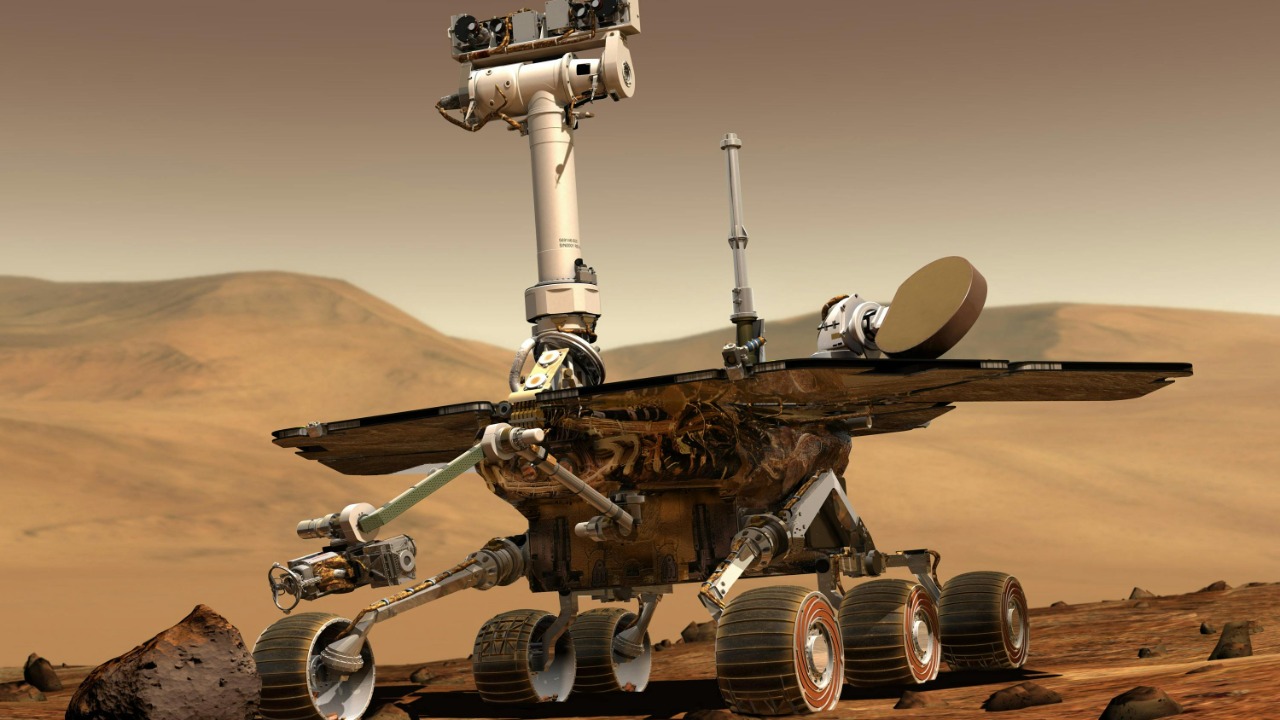
Mars rovers like Perseverance and Curiosity have been making headlines with their discoveries of organic matter on the Red Planet. These findings are pivotal as they may hold clues to past life and the planet’s history. Understanding why these discoveries are so frequent can provide valuable insights into Mars’ past environment and its potential for harboring life.
The Nature of Organic Matter on Mars
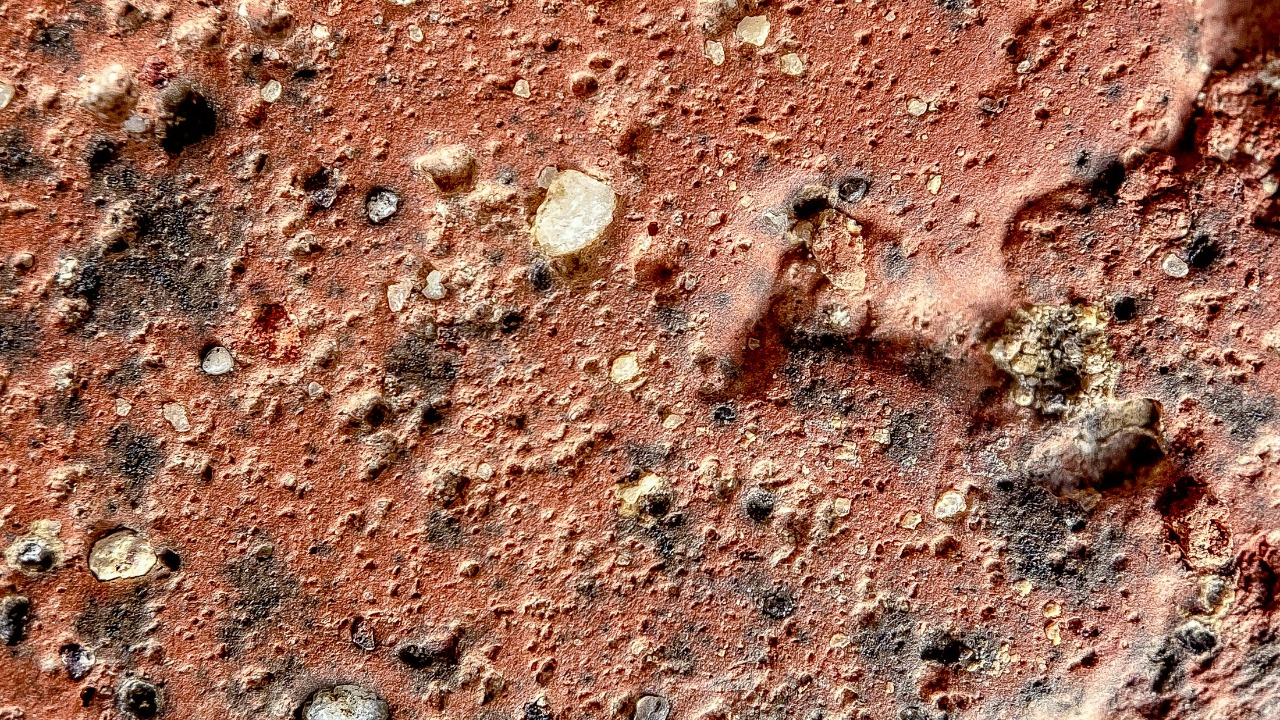
Organic matter refers to carbon-based compounds that are fundamental to life as we know it. The presence of organic molecules is significant because they form the building blocks of life, such as proteins, lipids, and nucleic acids. On Mars, finding these molecules is particularly intriguing because they might suggest that the planet once had conditions conducive to life, or at the very least, complex prebiotic chemistry.
Among the types of organic compounds identified by rovers on Mars are methane and simple carbon molecules. Methane, for instance, has been detected in varying concentrations in the Martian atmosphere. This gas is particularly interesting because on Earth, it is primarily produced by biological processes. However, methane can also be generated through non-biological processes, such as chemical reactions between water and rock. Additionally, rovers have discovered carbonates and sulfates, which are indicative of past aquatic environments.
These organic compounds are often found in geological contexts that suggest ancient water activity. For example, ancient lake beds and sedimentary rocks have been primary sites for the discovery of organic matter. The Curiosity rover, for instance, uncovered organic molecules in mudstone at the base of Mount Sharp, a location that likely once hosted a lake.
Technology and Instruments Aboard Mars Rovers
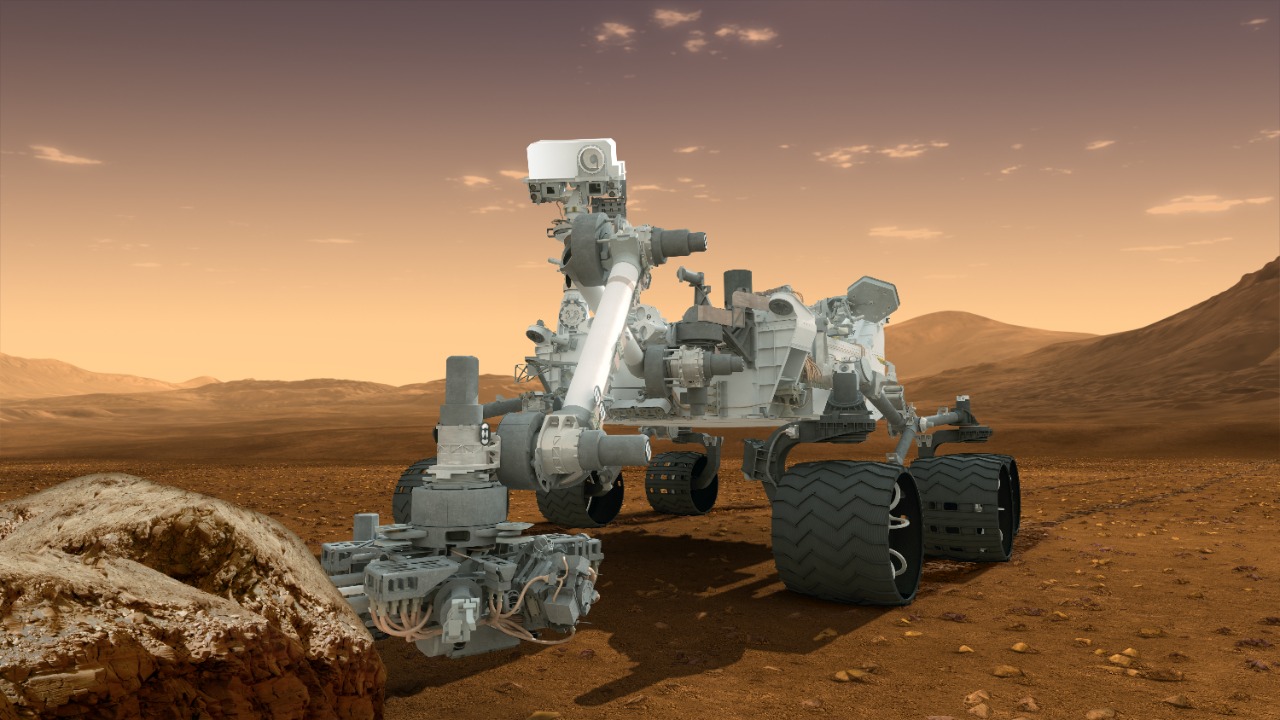
The ability to detect organic molecules on Mars hinges on the advanced analytical tools carried by rovers like Curiosity and Perseverance. These rovers are equipped with sophisticated instruments such as the Sample Analysis at Mars (SAM) and Scanning Habitable Environments with Raman & Luminescence for Organics & Chemicals (SHERLOC). SAM analyzes the atmosphere and soil samples to identify organic compounds, while SHERLOC uses spectroscopic techniques to detect and characterize organic matter at the microscopic level.
The methodologies employed by these rovers involve drilling into the Martian surface to collect samples, which are then analyzed using techniques like gas chromatography and mass spectrometry. These methods allow scientists to determine the composition of Martian rocks and soils, and to identify any organic compounds present. However, the process is not without its challenges. Factors such as contamination from Earth, the harsh Martian environment, and the limited lifespan of rover instruments can complicate the detection and analysis of organic matter.
Despite these challenges, the rovers have been remarkably successful in their missions. Yet, the detection of organic molecules on Mars is still fraught with uncertainties. The harsh radiation environment on Mars can degrade organic matter, making it difficult to distinguish between ancient and more recent deposits. Moreover, the Perseverance rover faces limitations in drilling depth and sample processing, which can restrict the amount of data it collects.
Potential Sources of Organic Matter
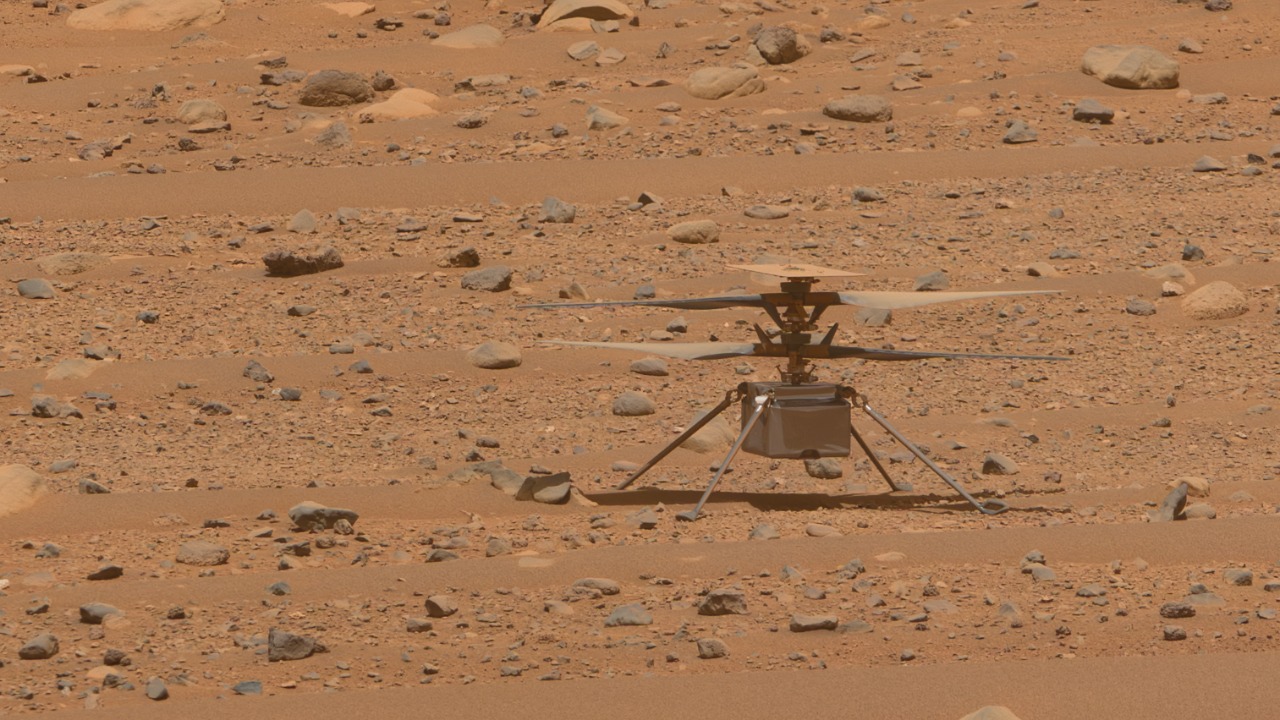
There are several potential sources for the organic matter discovered on Mars, and not all are biological. Abiotic processes, such as volcanic activity and chemical reactions in the Martian atmosphere, can produce organic molecules. For example, methane can be released from the breakdown of carbon-bearing minerals when heated by volcanic processes.
On the other hand, the possibility that these organic compounds might be remnants of ancient Martian life cannot be entirely dismissed. If Mars once hosted microbial life, traces of organic molecules could remain preserved in the planet’s rocks and soils. Such a discovery would be groundbreaking, fundamentally altering our understanding of life’s distribution in the universe.
Extraterrestrial contributions also play a role in delivering organic material to Mars’ surface. Meteorites and cosmic dust that frequently bombard the planet can carry organic compounds from other parts of the solar system. Studies, such as those published in scientific journals, suggest that these extraterrestrial sources could account for some of the organic matter found on Mars.
Implications for Past Martian Life

The discoveries of organic molecules on Mars provide critical clues about the planet’s past habitability. Evidence suggests that ancient Mars had a thicker atmosphere and liquid water on its surface, conditions that are generally considered prerequisites for life. The presence of ancient riverbeds and clay minerals further supports this notion, indicating that water was once abundant on the planet.
One of the fascinating aspects of Mars is its ability to preserve organic matter over eons. The planet’s lack of tectonic activity means that rocks and soils can remain undisturbed for billions of years, potentially safeguarding ancient organic molecules. This preservation is crucial for scientists attempting to piece together Mars’ environmental history and evaluate its habitability.
Future missions are poised to delve deeper into Mars’ organic chemistry. For instance, the European Space Agency’s ExoMars mission aims to drill deeper into the Martian surface to search for signs of past life. Similarly, NASA’s plans for sample return missions will enable scientists to analyze Martian rocks and soils using state-of-the-art laboratory equipment on Earth, possibly uncovering ancient organic material in unprecedented detail.
Impact on Planetary Science and Exploration
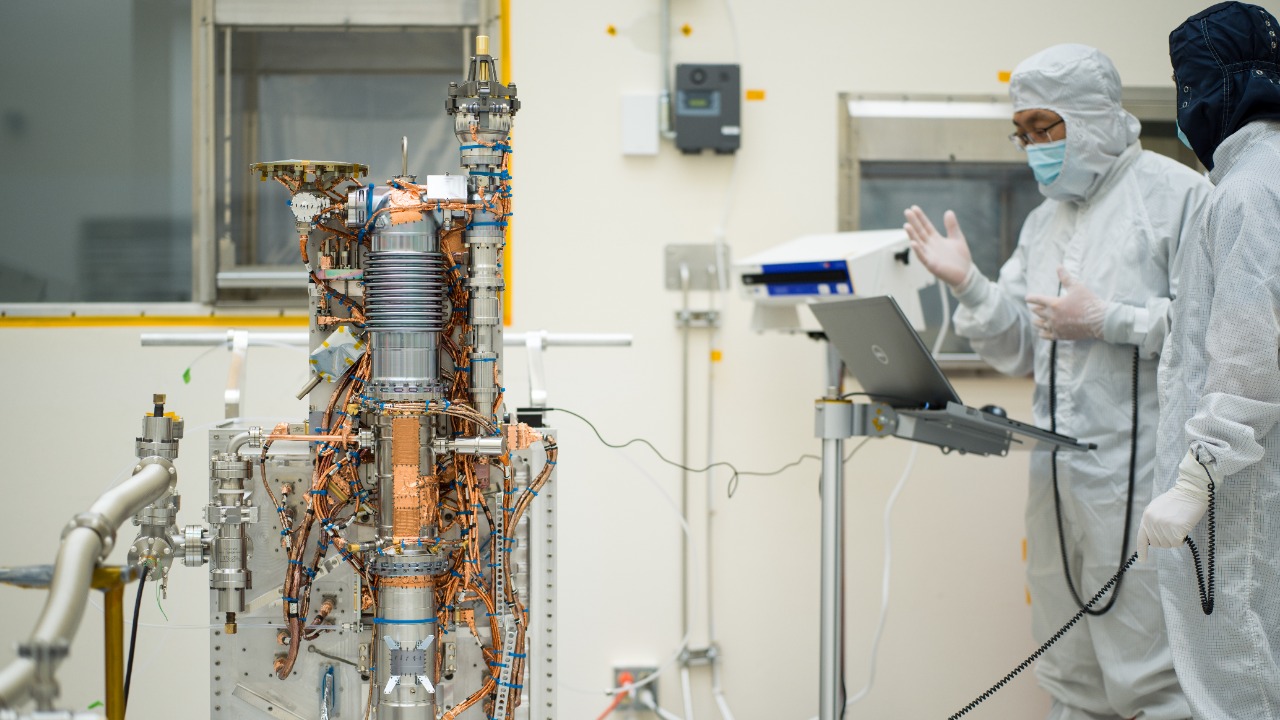
Findings on Mars are reshaping our understanding of life in the universe, challenging long-held assumptions and expanding the field of astrobiology. The discoveries of organic matter suggest that life may not be unique to Earth and that the building blocks of life could be widespread across the cosmos. This has profound implications for the search for life on other planets, guiding future missions and scientific inquiries.
Mars missions also drive technological advancements and innovations in space exploration. The development of sensitive instruments capable of detecting trace levels of organic matter has applications beyond Mars, potentially aiding in the exploration of other celestial bodies like Europa or Enceladus, which are believed to harbor subsurface oceans.
Moreover, the exploration of Mars has fostered global collaboration and interest. Countries around the world are investing in Mars exploration, with international partnerships playing a crucial role in missions like Perseverance. This collaborative spirit underscores Mars’ role in uniting scientific communities and fostering shared goals in planetary exploration.